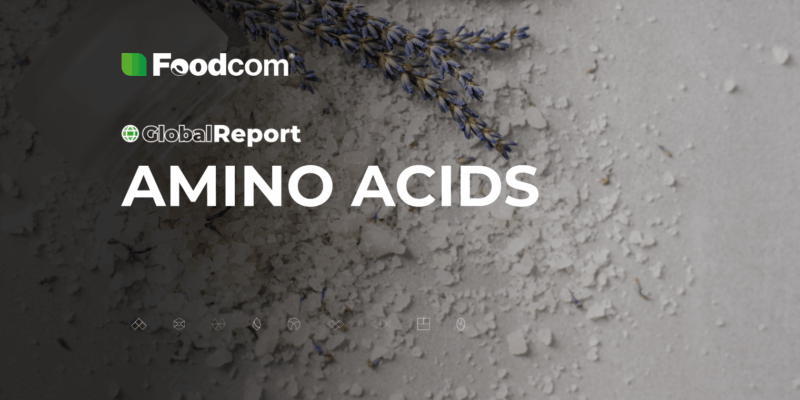Erweitern Sie Ihr Marktwissen
Wir freuen uns, Tipps und Neuigkeiten mit unseren Geschäftspartnern zu teilen – sowohl bei Treffen auf Branchenveranstaltungen als auch durch unsere Artikel und unseren Newsletter.

Umfassende Marktkenntnisse
Erfahrene Branchenexperten
Einzigartige Geschäftskontakte
Letzter Artikel

Global Report: Aminosäuren 2026
Der Markt für Aminosäuren ist heutzutage sehr beliebt und wird voraussichtlich auch in Zukunft weiter wachsen. Die Branche ist jedoch dynamisch und weist unterschiedliche Preisschwankungen auf.
19.12.2025
Kategorie auswählen
– letzte Aktualisierung
Melden Sie sich für unseren Newsletter an und seien Sie Ihrer Konkurrenz einen Schritt voraus.

Keine Ergebnisse

